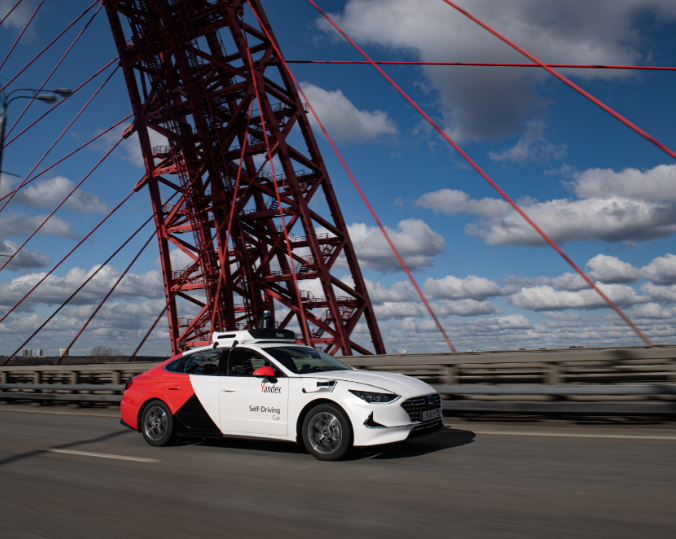Yandex, Russia’s multi-hyphenate web goliath, started testing its self-governing vehicles on Moscow’s cold winter streets more than three years prior. The objective was to make a “all inclusive” self-driving vehicle that could securely move around various urban areas across the globe. Presently, Yandex says its preliminaries have been a resonating achievement. The vehicles as of late hit a significant achievement by driving more than 10 million kilometers (more than 6,000,000 miles) in independent mode, with most of the distance went in the Russian capital.

That is critical in light of the fact that Moscow represents probably the most troublesome climate conditions on the planet. In January alone, the city was hit by a Balkan tornado that covered the roads in snow and made temperatures dive to as low as short 25 degrees Celsius (- 13 degrees Fahrenheit). For self-driving vehicles — which depend on light-transmitting sensors, known as LIDAR, to follow the distance between objects — snowfall and buildup can play destruction with perceivability.
To beat the perilous conditions, Yandex says it turned up its LIDAR execution by carrying out neural organizations to channel snow from the lidar point cloud, accordingly improving the clearness of articles and hindrances around the vehicle. It additionally took care of verifiable winter driving information in to the framework to assist it with recognizing vehicle exhaust vapor and warming vent buildup mists. To top everything, Yandex claims the neural “channels” can help its vehicles beat human drivers in recognizing people on foot darkened by winter fog.
Driving on Moscow’s streets likewise improved the tech’s traffic route. The system had the option to conform to both slush and harder cold conditions after some time, as indicated by Yandex, permitting it to step by step settle on better choices on everything from speed increase to slowing down to exchanging paths. Also, the colder time of year conditions pushed the system underlying limitation tech to adjust to risks, for example, covered up street signs and road limits and snow heaps the “size of structures.” This was made conceivable by the live planning, movement, position and development information estimated by the system blend of sensors, accelerometers and whirligigs.
At the point when it dispatched the Moscow preliminary in 2017, Yandex was among the first to put independent vehicles through a lot of hardship in a cruel, cold environment. Yet, before long, Google went with the same pattern by taking its Waymo venture to the blanketed roads of Ohio and Michigan.
Also Read >>>> Facebook is ‘exploring’ building a version of Instagram for kids